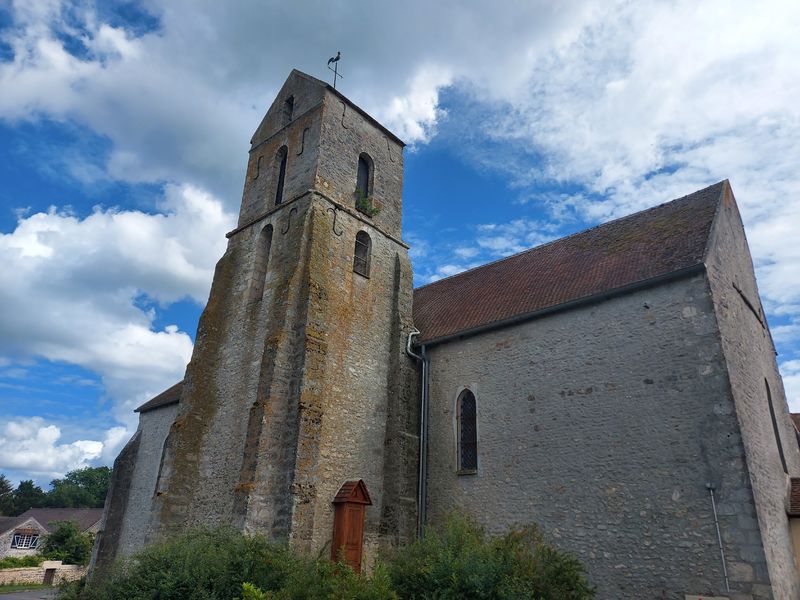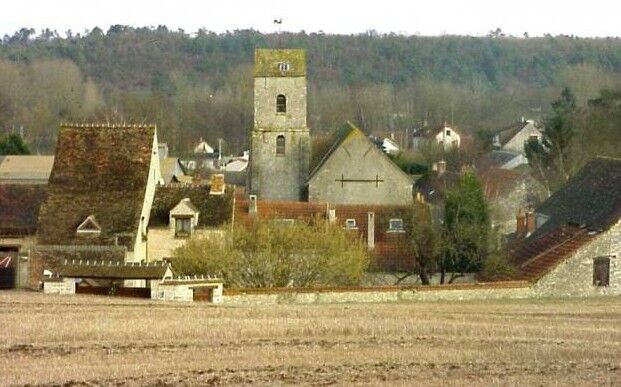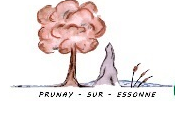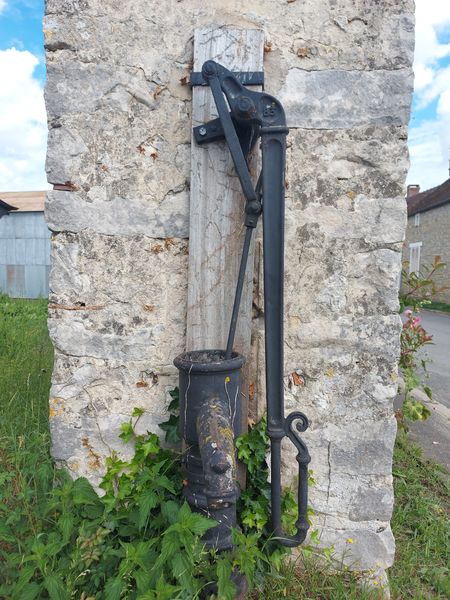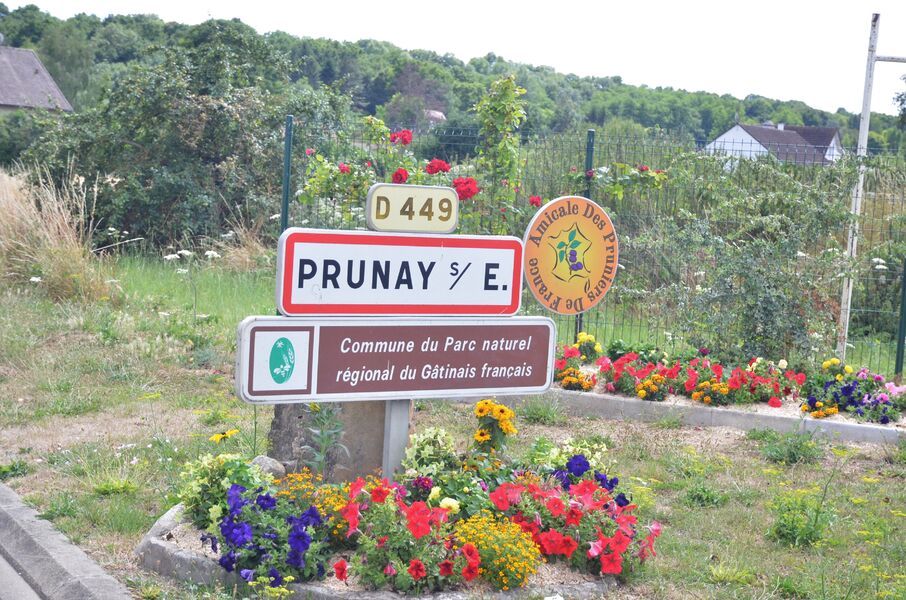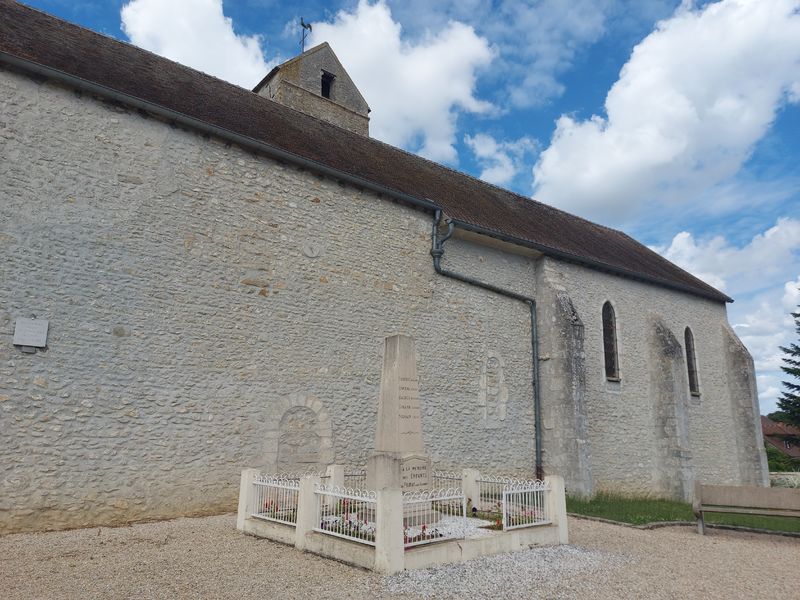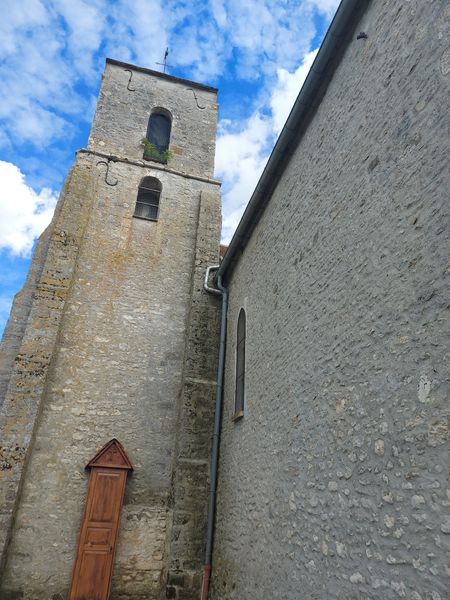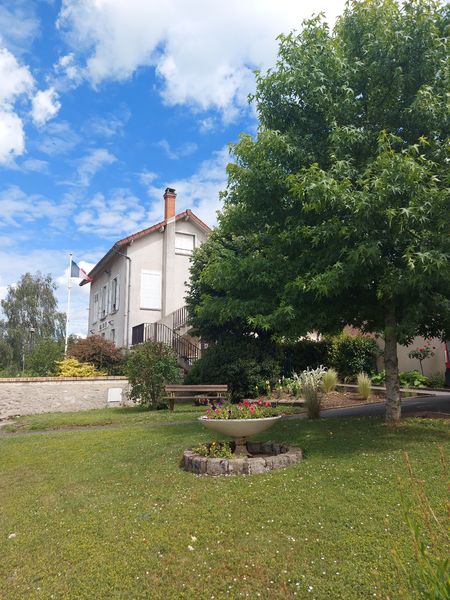Prunay sur Essonne
Prunay-sur-Essonne
Patrimoine culturel
The small and calm village of Prunay-sur-Essonne is located in the Essonne Valley and the area was occupied by humans for centuries. The village has an interesting history and a lot of vestiges are a testimony of this past.
-------------
HISTORY
Prunay-sur-Essonne is a village located on a territory of history where a lot of vestiges of the past were found. The village was occupied during the Prehistoric era. Indeed, several caves have been found that are covered with engraving. But the most important trace of the past is probably the Menhir de la Pierre Droite.
The name of Prunay could be derived from the Latine word of “prunus” and could have a poetic meaning of “place planted with plum trees”.
From the Gallo-Roman era until the 4th century, the parish of Prunay was part of the diocese of Trier. Then, it was attached to the diocese of Sens when Saint-Martin started to christianised Gallic countryside. This saint gave his name to the church of Prunay-sur-Essonne.
The village was part of a seigneury regrouping several other villages such as Boigneville and Gironville during several centuries. During the 16th century, the King’s counsellor Théodore Berzeau de Grave became the lord of the estate. The chancellor Michel de l’Hospital regularly came to pray in the church of Prunay. He was using an underpass connecting his castle to the village.
During the French Revolution, the village was part of the bailliage of Etampes. Its inhabitants were encouraged to write in a register of grievances and asked for the creation of what we now call public servants.
A total of five inhabitants of Prunay-sur-Essonne died on the battlefront during World War I.
-------------
HERITAGE
The Church of Saint-Martin
The church is located in a small square in the middle of the village. It was built during the 12th century and evolved a lot until the 19th century from time to time. The nave and the bell tower are dating from the 12th century, so from the original building.
The diversity of the building’s periods of the church can clearly be seen in its structure. This way, we can easily see that there are no buttresses along the nave but there is a very long choir. It is a perfect testimony of the different styles coming from different ages. Also, the spans are from different eras : some are from the 12th century and some others from the 15th century.
Some of the furniture of the church are classified as part of the Monuments Historiques such as wood sculptures, plaster sculptures and a painting inspired by Rubens.
In 2001, an incredible discovery was made inside the church. Indeed, during the restoration of the building, some paintings were found under the nave’s arches from the 19th century. Those very old paintings are sadly hidden underneath the arches and cannot be seen by the public. Those paintings represent different symbols of France : fleur de lys, blossoms of roses, daisies and France’s coat-of-arms. This kind of painting was used in the past to commemorate the King’s passage in a village or it was a gift made by important persons.
++++
The Menhir de la Pierre Droite
Contrary to its name, the Menhir de la Pierre Droite (“pierre droite” can be translated as “upright rock”) is not upright but with a steep incline. It is 1,85 meters high and is from the Neolithic era, millions of years ago. It is located at the top of a hill leading to the farm of Danjouan.
++++
The Adorned Caves
Several adorned caves from the Prehistory are located in Prunay-sur-Essonne, in the valley and in the wood Bois de Prunay. One of those caves is even located near the Menhir de la Pierre Droite. While it is hard to give them an exact date, it is obvious that they are extremely old. A lot of engraving and geometrical shapes on the walls. One of the caves has several engraving of cross shapes, one looks like a Latin cross which is not common.
++++
SOURCE: Mairie de Prunay-sur-Essonne, t4t35.fr, Les Amis de Milly-en-Gâtinais et Environs, Parc Naturel Régional du Gâtinais Français
HISTORY
Prunay-sur-Essonne is a village located on a territory of history where a lot of vestiges of the past were found. The village was occupied during the Prehistoric era. Indeed, several caves have been found that are covered with engraving. But the most important trace of the past is probably the Menhir de la Pierre Droite.
The name of Prunay could be derived from the Latine word of “prunus” and could have a poetic meaning of “place planted with plum trees”.
From the Gallo-Roman era until the 4th century, the parish of Prunay was part of the diocese of Trier. Then, it was attached to the diocese of Sens when Saint-Martin started to christianised Gallic countryside. This saint gave his name to the church of Prunay-sur-Essonne.
The village was part of a seigneury regrouping several other villages such as Boigneville and Gironville during several centuries. During the 16th century, the King’s counsellor Théodore Berzeau de Grave became the lord of the estate. The chancellor Michel de l’Hospital regularly came to pray in the church of Prunay. He was using an underpass connecting his castle to the village.
During the French Revolution, the village was part of the bailliage of Etampes. Its inhabitants were encouraged to write in a register of grievances and asked for the creation of what we now call public servants.
A total of five inhabitants of Prunay-sur-Essonne died on the battlefront during World War I.
-------------
HERITAGE
The Church of Saint-Martin
The church is located in a small square in the middle of the village. It was built during the 12th century and evolved a lot until the 19th century from time to time. The nave and the bell tower are dating from the 12th century, so from the original building.
The diversity of the building’s periods of the church can clearly be seen in its structure. This way, we can easily see that there are no buttresses along the nave but there is a very long choir. It is a perfect testimony of the different styles coming from different ages. Also, the spans are from different eras : some are from the 12th century and some others from the 15th century.
Some of the furniture of the church are classified as part of the Monuments Historiques such as wood sculptures, plaster sculptures and a painting inspired by Rubens.
In 2001, an incredible discovery was made inside the church. Indeed, during the restoration of the building, some paintings were found under the nave’s arches from the 19th century. Those very old paintings are sadly hidden underneath the arches and cannot be seen by the public. Those paintings represent different symbols of France : fleur de lys, blossoms of roses, daisies and France’s coat-of-arms. This kind of painting was used in the past to commemorate the King’s passage in a village or it was a gift made by important persons.
++++
The Menhir de la Pierre Droite
Contrary to its name, the Menhir de la Pierre Droite (“pierre droite” can be translated as “upright rock”) is not upright but with a steep incline. It is 1,85 meters high and is from the Neolithic era, millions of years ago. It is located at the top of a hill leading to the farm of Danjouan.
++++
The Adorned Caves
Several adorned caves from the Prehistory are located in Prunay-sur-Essonne, in the valley and in the wood Bois de Prunay. One of those caves is even located near the Menhir de la Pierre Droite. While it is hard to give them an exact date, it is obvious that they are extremely old. A lot of engraving and geometrical shapes on the walls. One of the caves has several engraving of cross shapes, one looks like a Latin cross which is not common.
++++
SOURCE: Mairie de Prunay-sur-Essonne, t4t35.fr, Les Amis de Milly-en-Gâtinais et Environs, Parc Naturel Régional du Gâtinais Français
Prestations, conforts et services
- French


